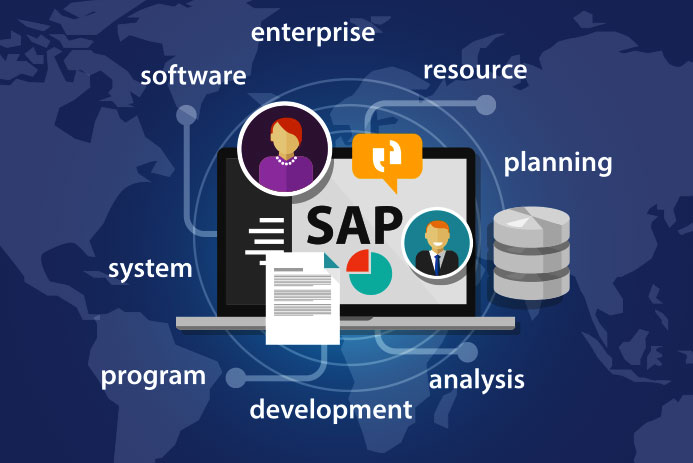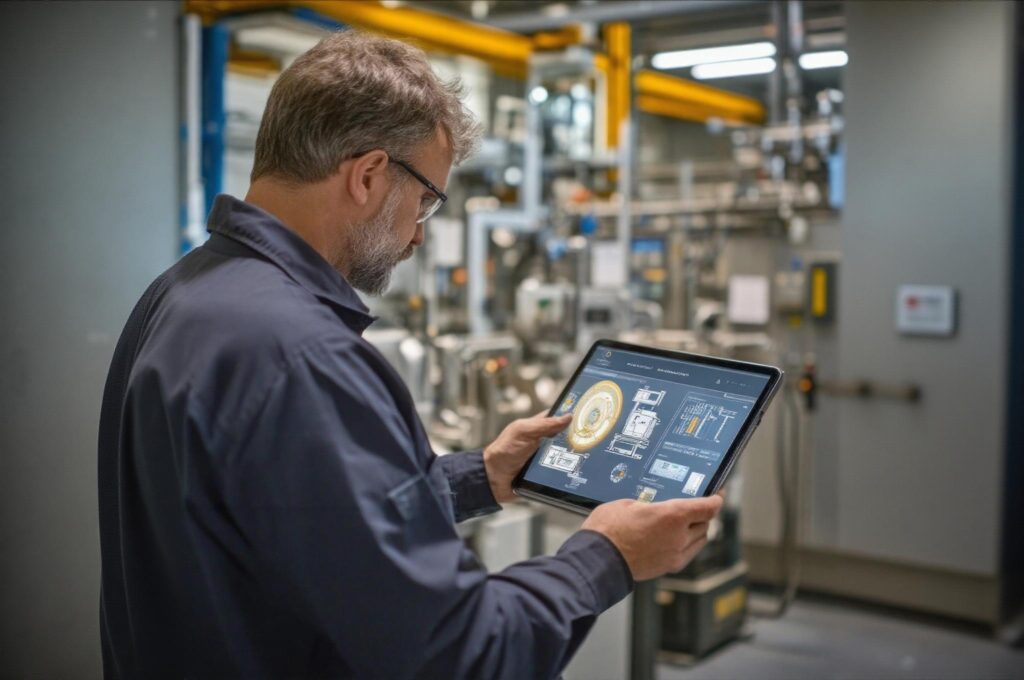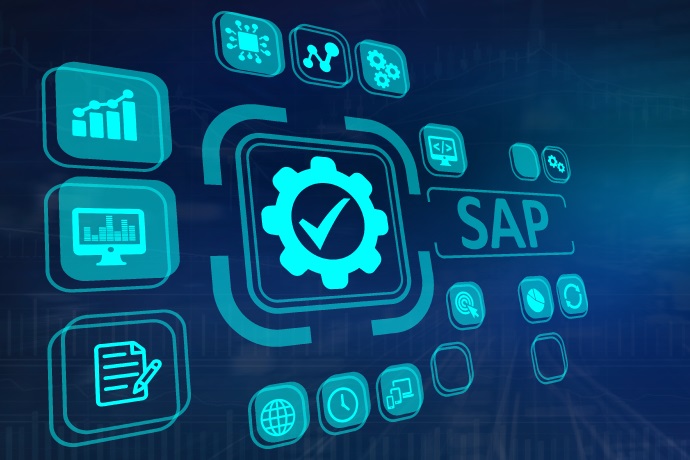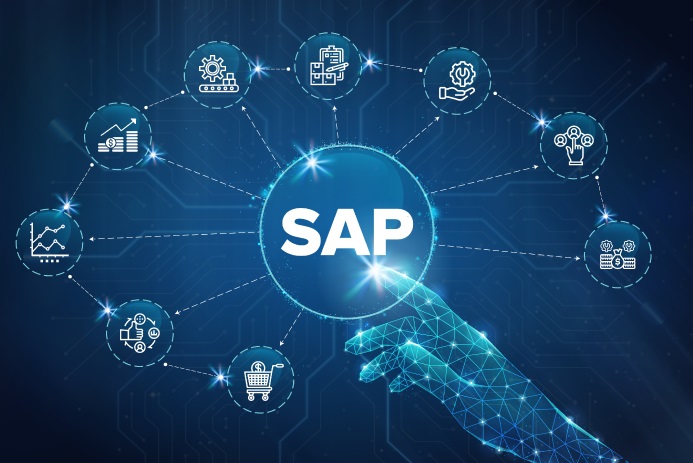SAP
Jan 07, 2025
Optimising Customer Relationship Management with SAP Business One
Customer relationships are the cornerstone of long-term success. Building and maintaining strong customer relationships is about providing quality products or…
SAP
Published on November 24, 2020

Over the last few years, we have witnessed democratisation of Enterprise Resource Planning (ERP) systems and the emergence of SAP. Businesses looking to scale-up their operations today are likely to have experienced an ERP or a similar system that connects disparate functions within the organisation. However, as customer preferences and market dynamics evolve over time, legacy ERP systems begin to lag, and so it comes as no surprise that a recent survey by Deloitte revealed that 64% of the CIOs are either rolling-out next-generation ERP solutions such as SAP or are modernising legacy systems.
Having said that, it is a known fact that deploying a new or rewiring an existing SAP system can be a mammoth task, both in terms of effort and financial resources. Hence, before undertaking an upgrade, CIOs need to have an absolute clarity of thought and purpose in light of the emerging technologies and business realities. Here’s a checklist to get you started:
Need-Gap Analysis: Elementary as it may sound, the performance evaluation of an SAP system often tends to focus on technology and hardware. To get a clear picture, it is equally important to perform an assessment with the objective of identifying the functional and business gaps that it is unable to fulfill effectively. For example, a legacy system that does not support smart manufacturing or digital channels of sales places the business at a distinct disadvantage in the digital world we operate in today.
IT Infrastructure: A large number of SAP users still rely on IT infrastructure located on-premise. However, there are risk factors associated with on-premise infrastructure including physical damage due to fire, flooding or other natural calamities, or like a situation resulting from the ongoing pandemic. In any case, if users are unable to log-in to or access their data, the SAP and all the investment are rendered useless. When considering an upgrade, it is advisable do consider SAP on the cloud or at least co-location of your IT infrastructure to ensure business continuity and reduced IT infrastructure costs.
Technology Upgrade: The fast-paced technology landscape often renders legacy systems inoperable or incompatible with newer hardware or software before OEMs eventually discontinue those products. Additionally, application upgrades also offer definite business and technology benefits. While considering an SAP upgrade, it is therefore crucial to check for technology obsolescence, availability of upgrades and continued support across all systems and modules.
Scalability: As businesses grow, existing systems need to process and store higher volumes of data. Additionally, it also leads to a number of other changes including new methods of production and business models, all of which require a robust and flexible infrastructure. It is, therefore, recommended to select a system that offers scalability and can keep pace with the changing business needs while being financially viable.
Functionality: There are a number of functions and attributes in current businesses that were not as prominent or critical earlier – big data and analytics for example. Such functions are mission-critical to modern businesses and if your existing ERP system does not allow you to support such functions, it is time for a change.
Total Cost of Ownership (TCO): A primary factor to consider while deciding TCO includes the capital expenditure required for the new infrastructure as well as operational expenses such as license fees, ERP customisations, the training expenses to bring employees up to speed, the cost of maintenance, and ongoing support. While the objective should be to minimise the TCO, it should be done keeping in mind the potential benefits and the ROI.
Return on Investment (ROI): As with most business decisions, the choice of whether or not to upgrade an SAP system is also driven financially. While we have covered the TCO, a decision whether to modernise or not boils down to the kind and quantum of returns the upgrade would yield. And while calculating the ROI, efforts should also be made to quantify intangible benefits such as increased productivity and enhanced customer experience that add business value and contribute to the topline.
There is little doubt that the business landscape and the macroeconomic factors are changing faster than ever before. This is not only reshaping the markets but also influencing customer behavior and decision-making in many ways. And this is reflected in the increased jostle for customer’s attention and the hyper-competitive environment that businesses need to survive in today’s day and age.
In such a scenario, a state-of-the-art SAP solution could be a key differentiator and help organisations unlock latent business value that exists within the organisation and its ecosystem. The more integrated an organisation is – from sourcing inputs all the way to post-sale customer experience, the more agile and competitive it becomes. And that’s why it is critical to conduct periodic checks to evaluate if your existing SAP system is keeping pace with your business needs.

SAP
Jan 07, 2025
Customer relationships are the cornerstone of long-term success. Building and maintaining strong customer relationships is about providing quality products or…

SAP
Sep 16, 2024
In today’s always-on, digital-first business landscape, downtime is no longer an option. Enterprises that rely on SAP for their critical…

SAP
May 10, 2024
Having a robust Enterprise Resource Planning (ERP) system is no longer a luxury, it’s a necessity. An ERP streamlines critical…